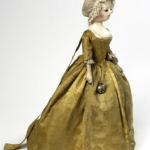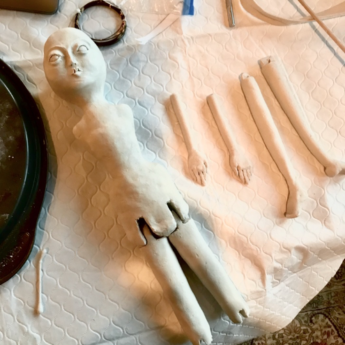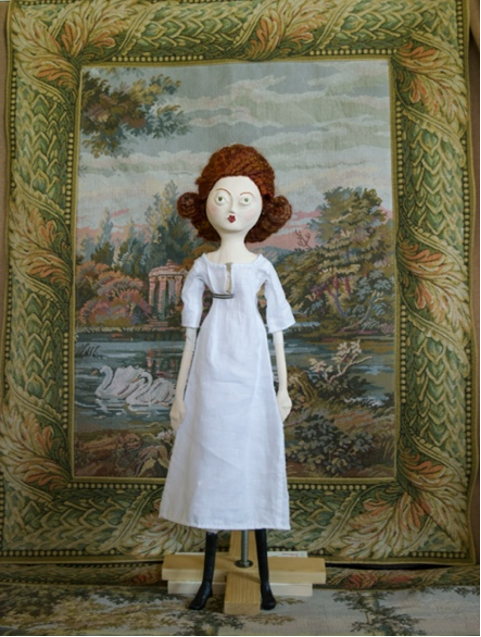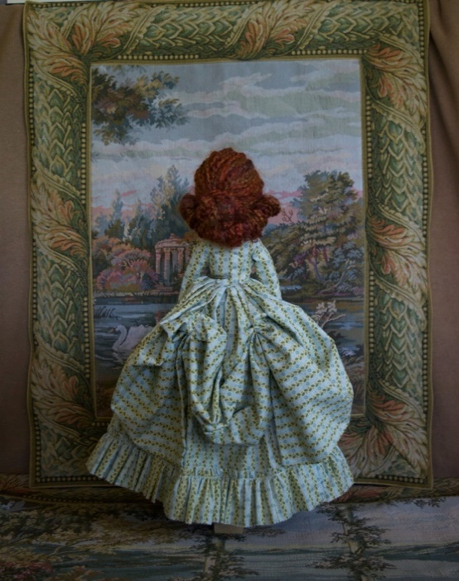Pandora: Rebirth of a Georgian Fashion Doll

A multidisciplinary artist and researcher, Stefan Romero is a recent graduate of Carnegie Mellon University’s BXA Intercollege Degree Program. Studying history and costume design, he became interested in exploring the sociopolitical ramifications of dress in traditionally underrepresented groups. As an undergraduate, Stefan conducted research and fabricated period garments at Colonial Williamsburg and the School of Historical Dress. For his history department thesis, he researched the sartorial narratives of 18th century runaway slaves in colonial America. In the School of Drama, Stefan designed costumes for mainstage, black box, and film productions, and has since worked in the film and television industry in New York. As a 2020-2021 Fulbright Scholar at the University of Glasgow, he is completing a Masters in Dress and Textile History. In the future, Stefan plans to combine his research efforts with design-based collaborations to depict marginalised people of the past and their sartorial biographies.
Introducing the Pandora
A precursor and early contemporary to fashion plates and magazines, the fashion doll (known as a pandora) was an important medium for conveying new silhouettes. It is believed pandoras had been utilised as early as the Early Modern period, often life-sized, before transitioning to 60 cm figurines during the seventeenth and eighteenth century.

Pandora, c.1740-1760 © V&A images
While expensive and most often found within courtly circles, mantua makers could acquire pandoras for their ateliers to allow clients to examine new modes and allow seamstresses to asses construction techniques. Extant examples indicate pandoras were constructed from wood, jointed to allow for greater flexibility in the process of dressing and undressing. They often feature full underpinnings, to demonstrate the proper accessories needed for each ensemble. While it is unknown whether the Home family encountered pandoras during their tenure in Grenada, they were distributed through the British colonies, most notably to North America.

Reconstruction
This pandora is made from paper clay as an alternate for wood, yet features similar jointing akin to extant examples. I first began with a paper pattern to assess shape and proportions before beginning in 3-D. After sculpting, the pieces were sanded and painted, with wire used to attach the lower arms to the torso and twine to attach the lower legs to the upper.
Dressing the Pandora
The pandora is dressed in a robe à la polonaise, popular in Europe from 1770-1785. This style of dress is characterised by a fitted bodice with elbow length sleeves, a visible petticoat, and an overskirt drawn up in the back. There were several methods for drawing up the skirt – this example features cords attached to buttons on the outer skirt seam. Other extant examples indicate inner tapes and loops were used, rendering the gathering mechanism invisible from the exterior. Meanwhile, the pandora’s underpinnings are akin to those of the robe à la française, with a linen shift, conical stays, petticoat, and rump pad on the derrière for additional volume.
Extract from a research report by Stefan Romero, September 2021



